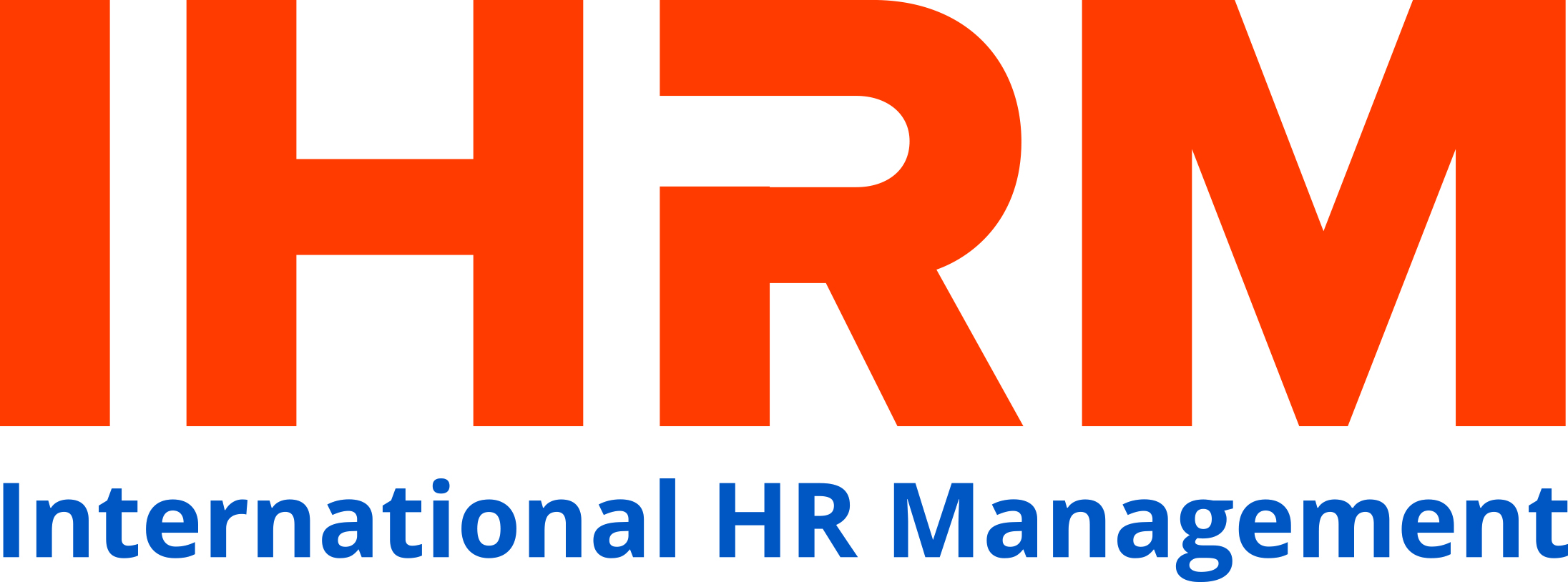HOW ONE SMALL BUSINESS IS TACKLING THE TALENT CHALLENGE?
Smaller companies face quite a few challenges – such as a lack of brand recognition and appeal with prospective jobseekers, or a general impression that they are stuck in the past, harbouring outdated HR policies and practices.
Eastport, which has some 110 employees in Singapore (and 160 in total in the region), is looking to reshape that perception.
Sharon Teo, General Manager of Eastport Maritime, spoke exclusively to HRM Magazine Asia about the challenges facing SME, and how it is trying to stay competitive as an employer.
Eastport, which has some 110 employees in Singapore (and 160 in total in the region), is looking to reshape that perception.
Sharon Teo, General Manager of Eastport Maritime, spoke exclusively to HRM Magazine Asia about the challenges facing SME, and how it is trying to stay competitive as an employer.

What are the current industry trends that are impacting your talent paradigm?
One of the things people look for nowadays, whether at work or in life, is the employee experience. And that is where we are shifting our focus towards, whether it’s the functions our staff are taking on, or the environment they work in.
Eastport strikes a balance between this employee experience and progression by creating opportunities for the people to try out and venture into areas unexplored, giving them the chance to make things happen.
Sometimes this might be a risk for the company, but we consider this both an investment in the people and for the company’s future.
What are specific challenges you face in terms of your people strategy?
“Taking an active and conscious step to hiring for diversity can ensure that your company is truly diverse and inclusive in its work culture and practices.
Recruitment: Attracting people with multiple skills can be a challenge, as having a multi-skilled workforce enables Eastport to adapt rapidly but this has to be balanced in terms of the expectations versus the reality in the job market as this pool of people are in high demand.
Development: When we are unable to get the multi-skilled talent externally, we have to develop them internally. One of the biggest challenge is encouraging the people to take the first step, as there are always uncertainties. Of course, this has to translate into an impact on the company’s business eventually so Eastport has to plan it out long-term to ensure these skills remain relevant to the people and the company when they are eventually equipped.
Retention: The biggest challenge will be how we position ourselves in the face of our MNC competitors, not just in terms of salary, but a holistic package – from their learning journey with us, to helping them grow as a person and as a professional.
How are you addressing these challenges?
In-house training programmes are one of our best efforts to tackle these talent hurdles. Such programmes are customised to fit our needs, and allow us to offer something unique from the others.
A great example would be our Trainee Shipbroker programme, where anyone can have the opportunity to have a go at being a successful shipbroker, even if they do not have the relevant industry knowledge and experience.
The mentoring and in-house training process equips them with the right skills and mindset to be fully immersed in the role and experience first-hand both the challenges and rewards that come with this dynamic maritime career.
The Maritime Singapore Connect (MSC) Office has been instrumental in helping maritime players like us promote the various education, training and job opportunities available in the industry, supporting us through the posting of jobs and internships on their website, and creating greater interest through social media and industry outreach initiatives.
The recent MSC Connexions Forum is a good example of how we work with the MSC Office to connect stakeholders such as maritime employers, school career centres, government and associations, to facilitate discussion on maritime manpower attraction and development.
Without this openness, all of us would be groping around in the dark while the war for talent continues on.
How do you anticipate these trends continuing to evolve in the near-term and long-term future?
As with the economy, business and employment cycles may get shorter and this means every bit counts.
The ability to strike a balance between automation and the human touch will be key to any company’s competitive edge in the long-term, while addressing the current workforce’s needs is something that cannot be overlooked since it determines what tomorrow’s workforce will be like, and a good word-of-mouth is definitely one of the company’s best assets.
SOURCE: HRMASIA
|
Training Program
 Internationalize the human resource management capabilities of HR professionals in Vietnam Opening Date: Jun 21, 2019 in HCMC
Opening Date: September 26, 2019 in Hanoi
|








